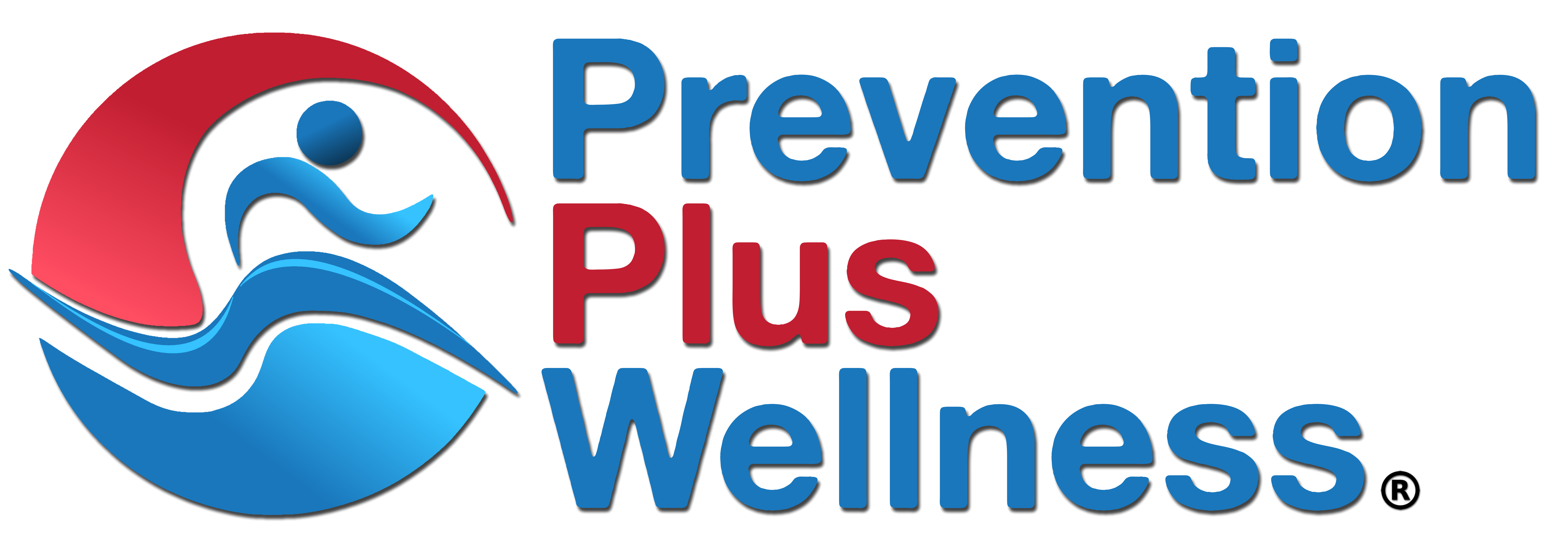A recent systematic review of research published in Self and Identity (2022) examined the influence of possible selves on health-risk and health-promoting behaviors in adolescents.
Fourteen studies were reviewed. Most studies focused on health-risk behaviors, with substance use the most frequently addressed outcome.
Possible self-properties that show the most promise were likelihood of achieving a possible self in a target domain and presence of a possible self in a target domain.
The authors concluded that possible selves may be an important target for designing health-promoting and risk-reduction interventions.
For example, Prevention Plus Wellness (PPW) programs have used positive desired self-image (possible selves) terms, like active, fit, healthy and successful to motivate participating youth to increase targeted healthy behaviors like physical activity and healthy eating while avoiding alcohol and drug use.
In addition, PPW programs use multiple behavior goal setting to enhance perceived likelihood of achieving possible selves associated with healthy lifestyle behaviors and avoiding substance use as a feared possible self.
Read the study abstract: https://www.tandfonline.com/doi/abs/10.1080/15298868.2020.1788137?journalCode=psai20
View the PPW program logic model and theory: https://preventionpluswellness.com/pages/ppw-logic-model
